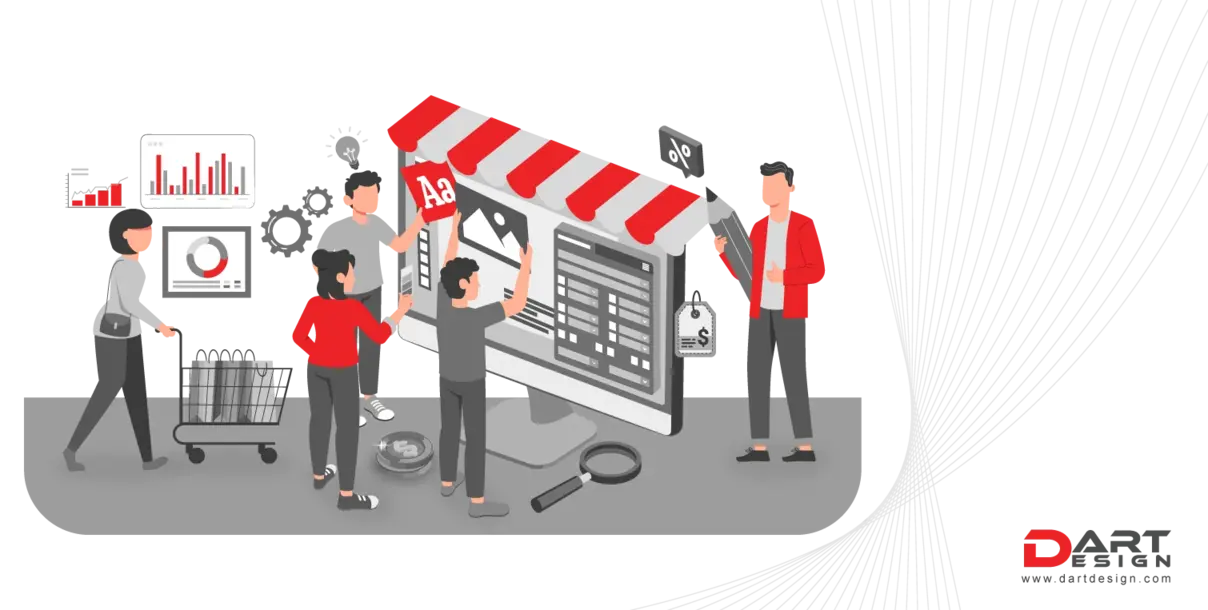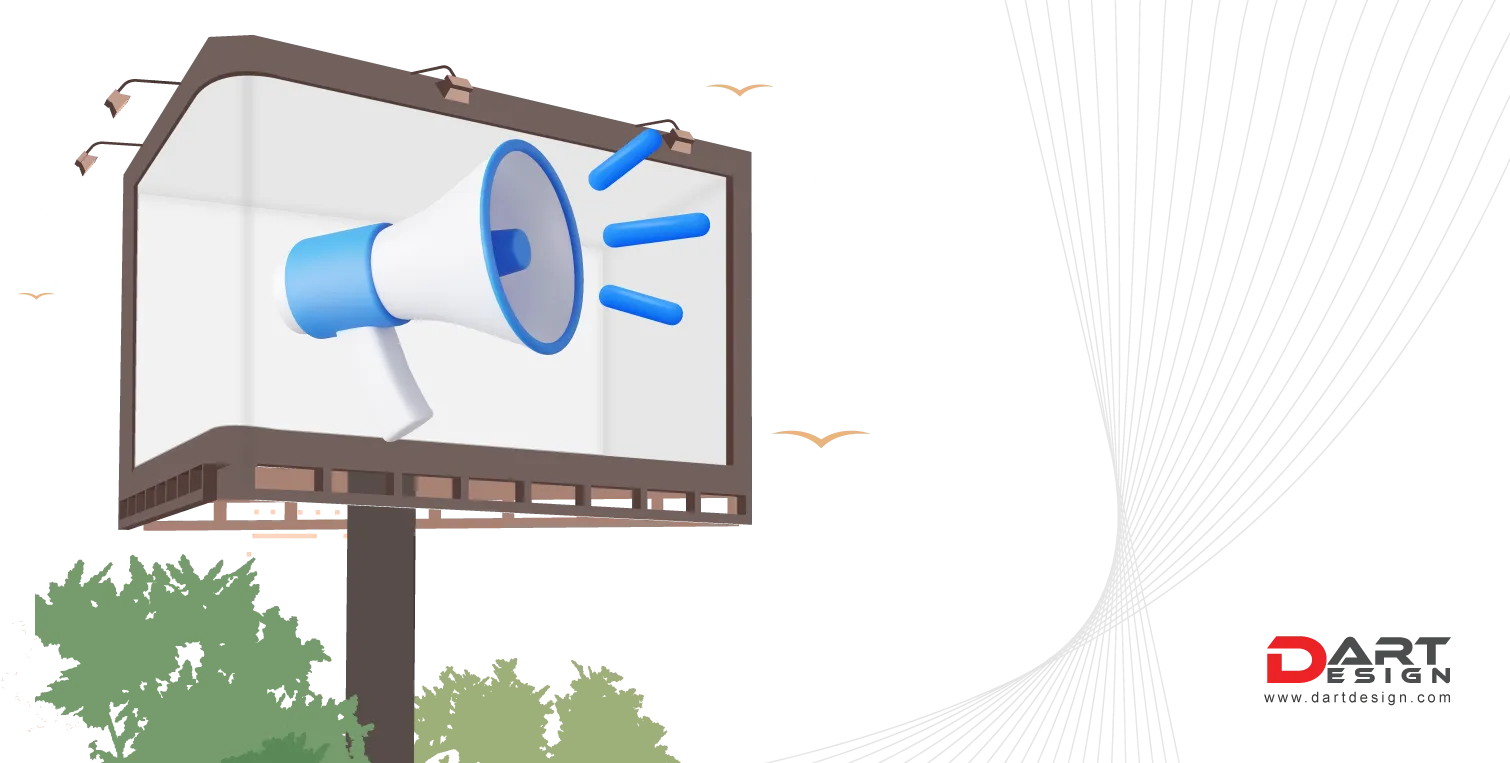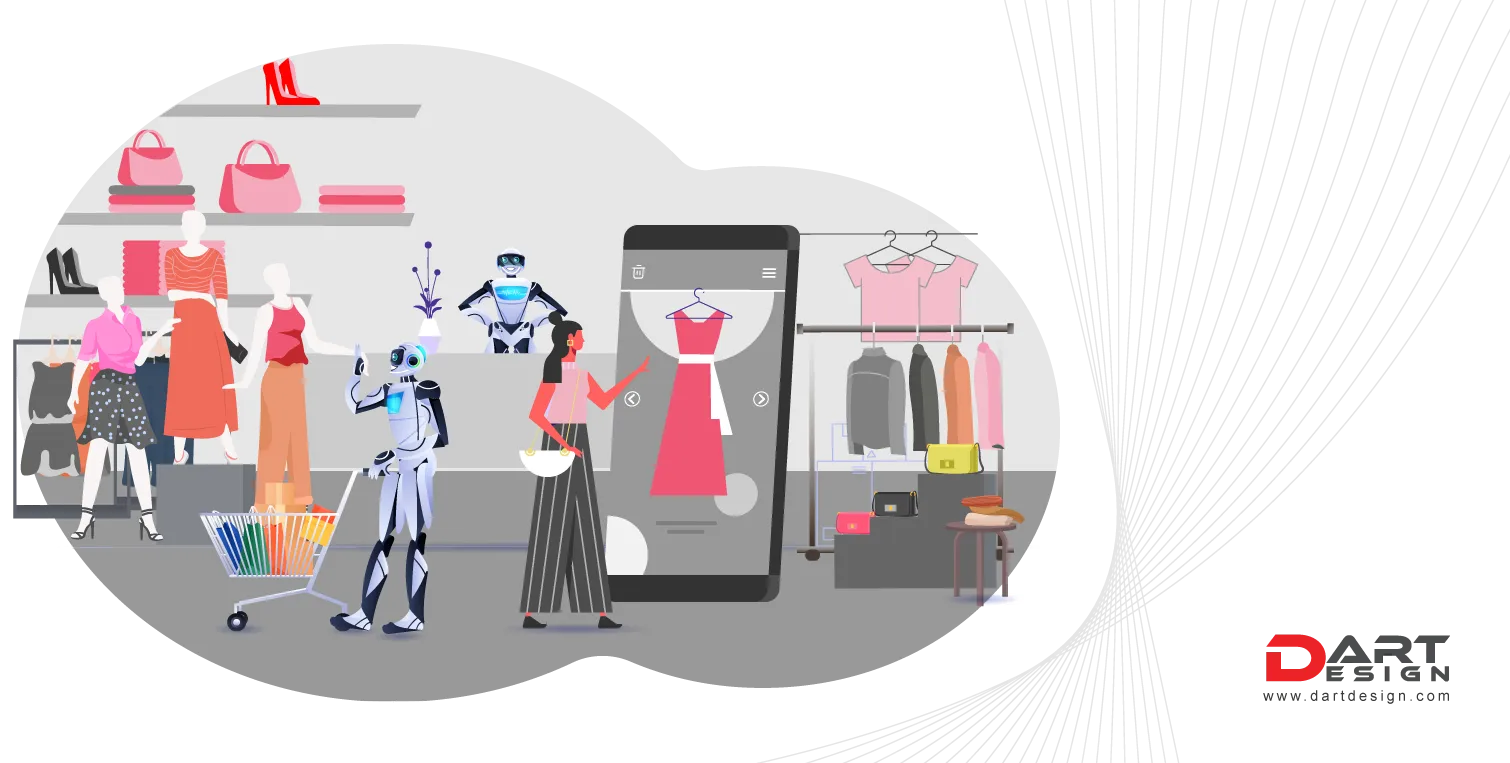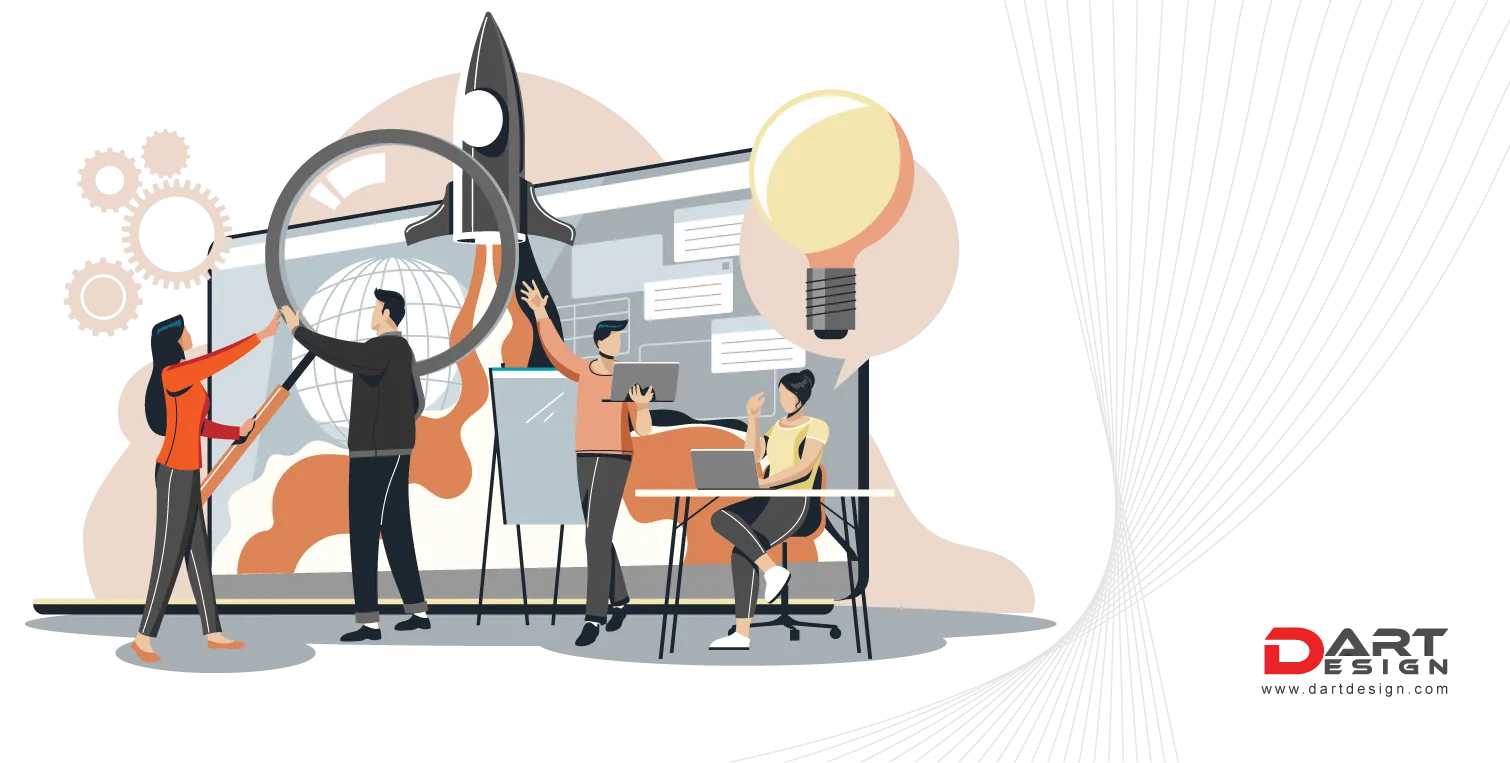Designing an experience that is compatible for a user is not just brainstorming the databases available or captured. It’s much more. Its cyclic when we have to design a brand experience for the user.
What’s that cyclic process covers?
First, Discover the insights to define the problem. It goes with stakeholders, data, and user research. To start with stakeholders, we must discover “What do we want to do? For whom, why, and who are the competitors? What are the metrics and technical limitations?”
Figuring out the competitors with the metrics can solve the larger part of identifying the solution to the problem. Competition and their metrics help us to map out leaky buckets to act on and capture the consumer’s interest/shift. Figuring out the technical limitations at first will ease the fore coming processes.
Mining the data to have competitive analysis, content inventory, and Evaluation can make future processes hassle-free. If the mined data didn’t give the insights required, regardless of it, user research is a must to create an experience for it. This can go by conducting online/offline interviews and surveys and categorizing & studying focus groups.
Second, to define the problem, we must clearly understand the goal and the users. It comes from understanding the consumer through persona, empathy, user’s journey, storyboards, and user stories. These defining factors will help to build the desired experience. Post understanding the consumer, redefining the problem through insights prior assumptions, problem statements, value proposition, and asking questions starting from ‘HOW.’
Third, when the solutions are being found with the insights – Ideation kicks in. The 101s comes from having a healthy brainstorming session with the team. What are you going to include in that brainstorming? – Mind maps, UX magic, storyboard, and information architecture to put bits and pieces in formulating the user journey like stem blocks.
From these pieces of the user journey, develop the UX in the store layout design.
Next, what comes in fourth is testing the design in real-time. Also, it is termed A/B testing when more than one option is selected and opted to move on. The prototype can come in various types –
Paper Prototypes
This includes quick and raw hand drawing. Followed by interactive simulations, tests, and feedback. Back-n-forth.
Wireframe
This includes B/W screens where detailed user flows are made for tests and feedback. Back-n-forth.
Hi-fi Prototype
It has mockups in real-time to test the design in the market as per CMF, sizes, adaptability, etc. if it receives positive feedback, it is then scaled and rolled out.
Finally, Evaluation comes with a question, “Does the solution answer the problem?” fortly, it goes with usability tests and synthese. The results are analyzed here to get a final head nod to the scale and roll-out, as discussed earlier.
That’s why applications have their beta versions where consumers are roped in to test the app in its beta stage. Then the final product or update is made live.




